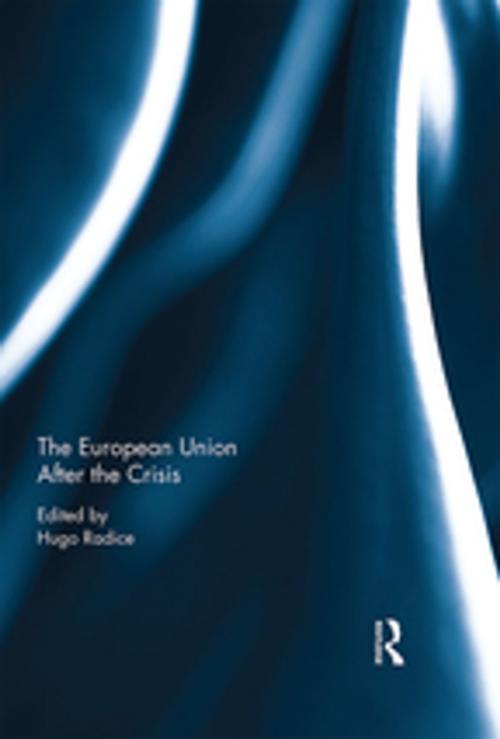| Author: | ISBN: | 9781317495611 | |
| Publisher: | Taylor and Francis | Publication: | October 2, 2017 |
| Imprint: | Routledge | Language: | English |
| Author: | |
| ISBN: | 9781317495611 |
| Publisher: | Taylor and Francis |
| Publication: | October 2, 2017 |
| Imprint: | Routledge |
| Language: | English |
The global financial and economic crisis struck the European Union and its member states with particular force from 2009 onwards. The immediate problem was the knock-on effects of the crisis on each country’s public finances. Bank bail-outs imposed a massive increase in sovereign debt on member states, while the economic recession unavoidably led to ballooning budget deficits via the usual mechanisms of reduced taxes and increased welfare spending. Subsequently, the Eurozone sovereign debt crisis exposed the hidden weaknesses in the monetary and financial arrangements that had accompanied the launch of the Euro; the severe economic imbalance between member states, rooted in longer-term structural divergences, and the inadequate institutional mechanisms for resolving these difficulties.
This book originated from an EU-funded international research network on "Systemic Risks, Financial Crises and Credit: the Roots, Dynamics and Consequences of the Sub-Prime Crisis". Contributions explore and evaluate some of the ways in which the institutions and policies of the European Union and its member states have changed in response to the problems brought about by the crisis. This book was originally published as a special issue of the Journal of Contemporary European Studies.
The global financial and economic crisis struck the European Union and its member states with particular force from 2009 onwards. The immediate problem was the knock-on effects of the crisis on each country’s public finances. Bank bail-outs imposed a massive increase in sovereign debt on member states, while the economic recession unavoidably led to ballooning budget deficits via the usual mechanisms of reduced taxes and increased welfare spending. Subsequently, the Eurozone sovereign debt crisis exposed the hidden weaknesses in the monetary and financial arrangements that had accompanied the launch of the Euro; the severe economic imbalance between member states, rooted in longer-term structural divergences, and the inadequate institutional mechanisms for resolving these difficulties.
This book originated from an EU-funded international research network on "Systemic Risks, Financial Crises and Credit: the Roots, Dynamics and Consequences of the Sub-Prime Crisis". Contributions explore and evaluate some of the ways in which the institutions and policies of the European Union and its member states have changed in response to the problems brought about by the crisis. This book was originally published as a special issue of the Journal of Contemporary European Studies.















